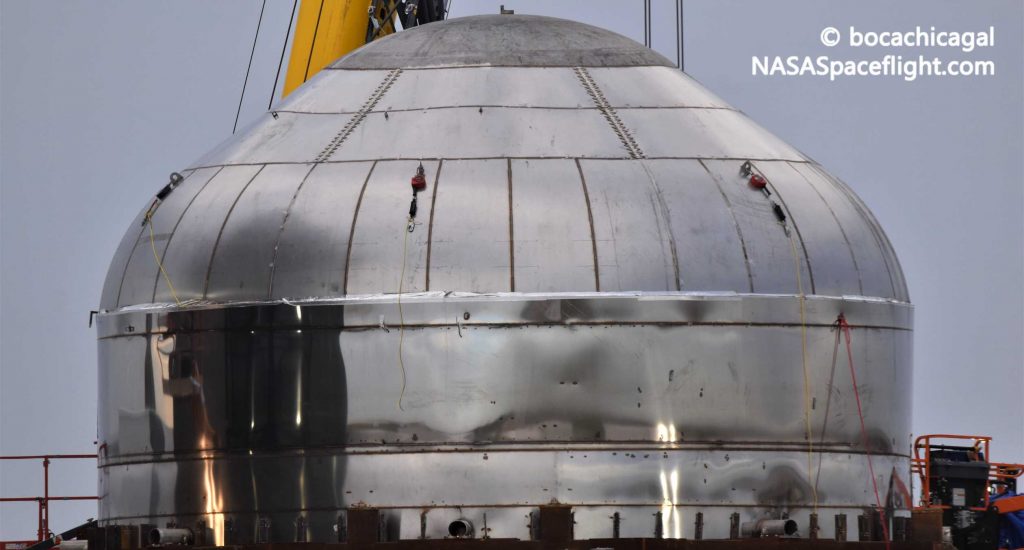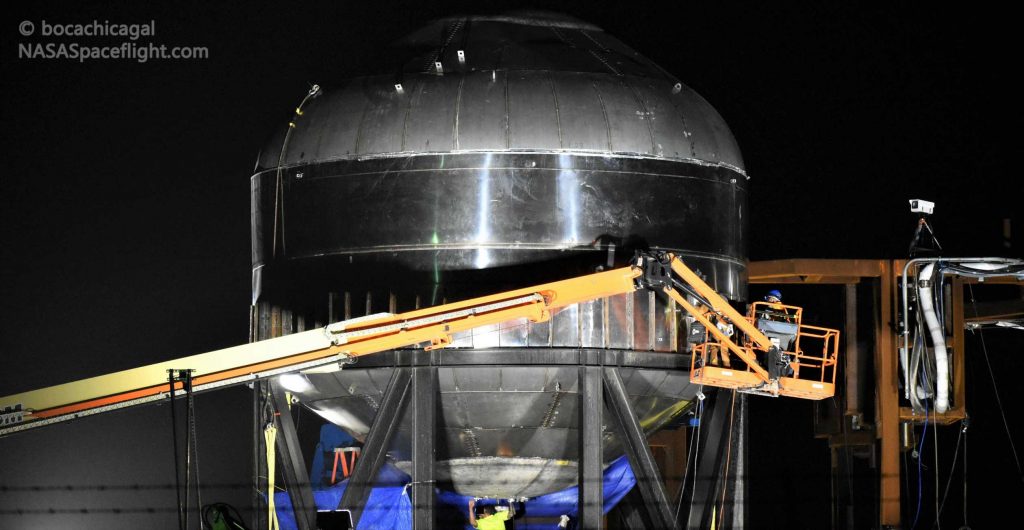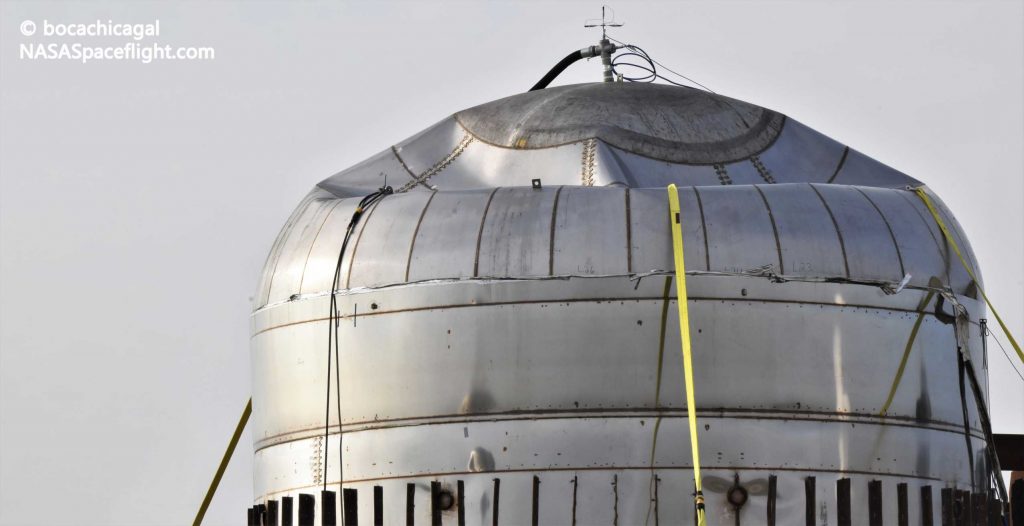A few dozen residents from Grünheide near Berlin recently organized a gathering known as a “Forest Walk” to protest against Tesla’s current tree removal activities at the European Gigafactory 4 complex’s site. Fifty Grünheide locals attended the protest, gathering around lunchtime hour on January 12, according to a report from rbb24.de.
Protesters were spotted in yellow safety vests replicating the infamous “Yellow Vest Movement” in France. The protesters requested the preservation of the forest while speaking of a lack of public recognition. According to the protesters, they were not asked about the project and were worried about the potential contamination of drinking water due to the activities on the site.
The protesters recognized themselves as apart of a group known as NABU (Nature and Biodiversity Conservation Union). “I think every citizen here has his own topic. For some, it is nature and the forest or people. The factory will also emit pollutants that pollute the region,” Spokesperson Nadine Rothmaier said to local reporters.
While construction of the new plant will cause the emittance of some pollutants, it is simply impossible to avoid this scenario. It should also be noted that Tesla will be planting three times as many trees as they cut down in areas surrounding Grünheide.
The company also released an Environmental Impact Report in early January that stated they were planning to relocate numerous species of animals to avoid harming them. The company also plans to accelerate the initial deforestation activities in the area so as not to interrupt bird breeding that begins in early March.
Another member of the group voiced their concerns about the already difficult task of providing enough clean drinking water to the town. “If a huge consumer is now added by Tesla, it will be even more difficult,” Steffen Schorcht stated. Tesla has been looking for numerous providers of clean drinking water for the site as the company has recognized the local sources will simply not be enough.
Another resident mentioned concerns about forest fires. Tesla will have to use underground water pumps to remove groundwater from the site. The resident stated that if Tesla removes this water, the forest will become too dry and could easily catch fire.
Some members of the protest group stated they will be returning next Saturday on January 18 to resume demonstrations and may begin to take legal action against the company. “We will also raise objections to Tesla’s environmental impact assessment in the normal legal way,” Schorcht stated.
Tesla began the process of cutting down the trees from the property on January 6 and plans to have the entire process completed by February 27. While Tesla has stated they plan to replace the trees, local environmentalist groups state the company many have trouble finding sufficient land to plant the replacements because some of the surrounding areas may not be suitable.

(adsbygoogle = window.adsbygoogle || []).push({});
<!–
–>
var disqus_shortname = «teslarati»;
var disqus_title = «Tesla Gigafactory 4 gets first protesters amid ongoing tree removal activities»;
var disqus_url = «https://www.teslarati.com/tesla-gigafactory-4-protests-tree-cutting/»;
var disqus_identifier = «teslarati-126637»;





